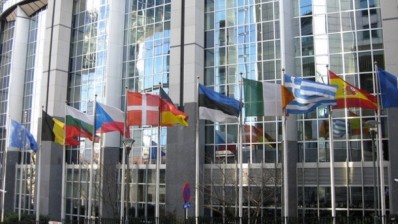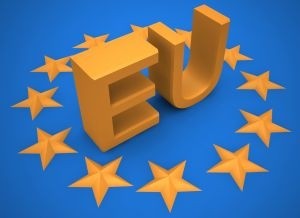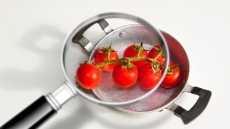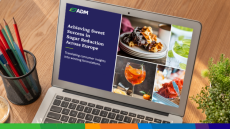'Breakthrough' for new EU food labelling rules
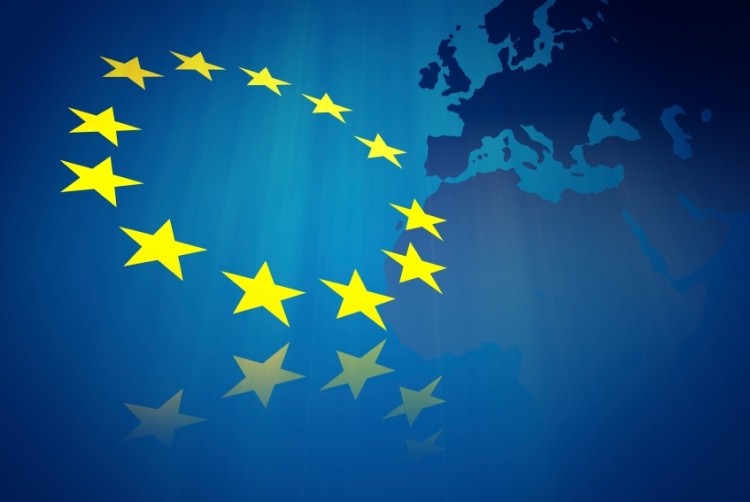
Outline agreements on the details were reached late Tuesday night by the European Parliament and the Council after 10 weeks of negotiation.
Among the points of contention were precise requirements for country of origin labelling (COOL), mandatory labelling of trans fats, allergen labelling, alcoholic beverages and original slaughter.
The details of the preliminary agreement have not been revealed. However, Sommer told FoodNavigator.com that the regulations would not over-burden businesses, whilst providing consumers with legible and understandable information.
She said that COOL was one of the sticking points adding: “The problem was not should it be done at all. It was always should it be done without an impact assessment or not.”
The agreement now is to do an impact assessment.
She added: “The agreement for trans fats is that the commission will survey the situation over Europe to check whether there is a need for harmonisation.”
Industry federation the CIAA had recently criticised MEP’s desire for mandatory labelling of trans fats on food and beverage products as "a step too far'"
The overall aim of the draft legislation is to modernize, simplify and clarify food labelling within the EU. The agreement still has some way to go as the Council needs to give the green light, but Parliament's negotiators hope to receive final confirmation by 22 June.
It will then need to be formally approved by Parliament in a plenary vote in July and by the Council.
Sommer said: “Consumers will be provided with a great deal more food information than previously. A so-called 'nutrition facts box' will be mandatory and there will be strict rules to prevent misleading information on foodstuffs.
“Imitates, such as artificial cheese, can be identified through an indication of the ingredient on the front of the packaging. Allergic substances ought to be recognised at first sight.”
She added that red tape for small and medium-sized producers that account for 80 per cent of the food industry would be reduced. Non pre-packaged food and handcrafted food would also be subject to a lighter regime.
And any labelling on the packaging will have to be legible.
The vote in plenary is scheduled for 5 July and the dossier will go into conciliation should Member States not carry the provisional agreement.
Sommer said that everybody wants to avoid the conciliation procedure on food labelling as “not every conciliation leads to a good outcome”.
She highlighted the collapse of talks reviewing the 1997 EU Novel Foods Regulation as an example.
However, she said: “If the outlined agreements can be endorsed by Member States and the political groups in Parliament, we will have a fair solution for all stakeholders.
“The consumer will get legible and understandable information on food products, while businesses will not be overburdened.
“It must be a feasible regulation that is realistic.”
